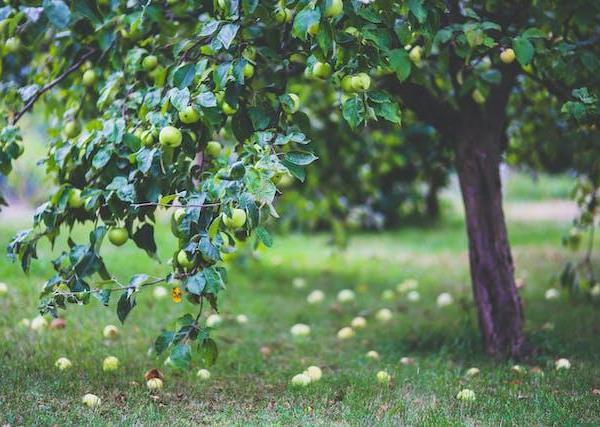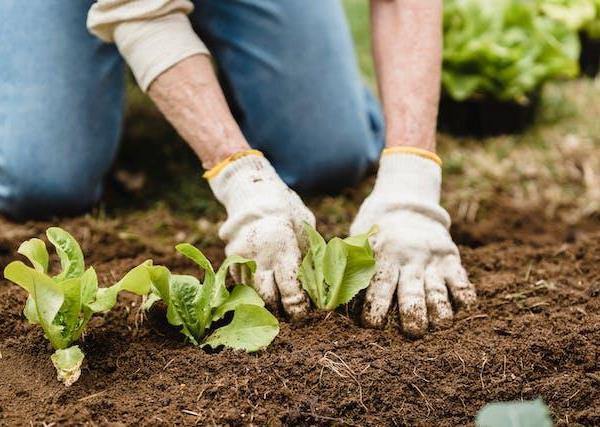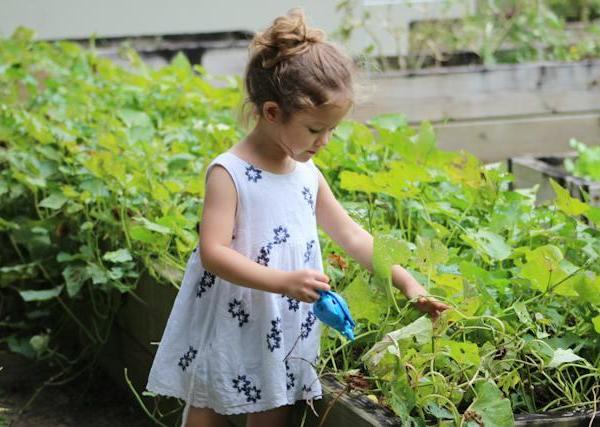Introduction
Gardening is a dynamic and ever-changing process that requires different approaches and techniques depending on the season. To ensure a thriving and beautiful garden throughout the year, it's essential to understand the specific needs of your plants during each season. In this article, we will provide you with seasonal gardening tips to help you plant and care for your garden all year round.
Spring
- Start seeds indoors: In early spring, start seeds indoors for plants that require a longer growing season. This includes vegetables like tomatoes, peppers, and eggplants. Provide them with proper light, warmth, and moisture until it's time to transplant them outdoors. - Prepare the soil: As the ground thaws, prepare your garden beds by removing any weeds and loosening the soil. Add compost or organic matter to improve soil fertility and drainage.- Plant cool-season crops: As the weather becomes milder, plant cool-season crops like lettuce, spinach, radishes, and peas. These plants thrive in cooler temperatures and can be harvested before the summer heat arrives.
- Mulching: Apply a layer of mulch around your plants to suppress weeds, retain soil moisture, and regulate soil temperature. Organic mulch like straw, wood chips, or shredded leaves is ideal for this purpose.
Summer
- Watering: With increased temperatures, water your plants deeply and regularly to prevent dehydration. Water early in the morning or late in the evening to minimize evaporation. Consider using drip irrigation or soaker hoses to deliver water directly to the roots.- Mulching: Continue to mulch your garden beds to conserve moisture and suppress weeds. Mulch helps regulate soil temperature and reduces water loss due to evaporation.
- Pruning and deadheading: Regularly prune and deadhead flowers to encourage new growth and prolong blooming. Remove any diseased or damaged plant parts to prevent the spread of pests or diseases.
- Pest control: Keep an eye out for pests like aphids, caterpillars, or spider mites. Use natural pest control methods or organic insecticides to protect your plants without harming beneficial insects.
Fall
- Plant cool-season crops: In late summer or early fall, plant cool-season crops like carrots, beets, cabbage, and kale. These plants thrive in cooler temperatures and can withstand light frosts.- Clean up and compost: As plants start to wither, remove spent plants and fallen leaves from your garden beds. Compost healthy plant debris to enrich your soil for the following season.
- Protect against frost: Monitor weather forecasts and protect your more delicate plants from early frosts. Cover them with frost blankets or bring potted plants indoors if necessary.
- Prepare for winter: Trim back perennial plants, protect sensitive plants with burlap or straw, and drain and store garden hoses and watering equipment before winter arrives.
Winter
- Indoor gardening: If you have the space and light, consider starting an indoor garden or growing herbs and small vegetables in pots. This allows you to continue gardening even during the winter months.- Plan and research: Use the winter months to plan and research for the upcoming gardening season. Explore new plant varieties, design changes, or gardening techniques you want to try in the following year.
- Maintain tools and equipment: Clean and sharpen your gardening tools, organize your supplies, and ensure your equipment is in good working condition. This prepares you for the upcoming gardening tasks in the spring.
- Feed the birds: Provide food and water sources for winter birds by hanging bird feeders and placing birdbaths in your garden. This not only benefits the birds but also adds life and enjoyment to your winter garden.



